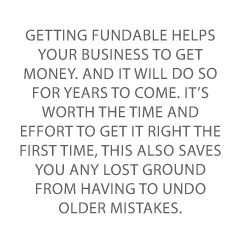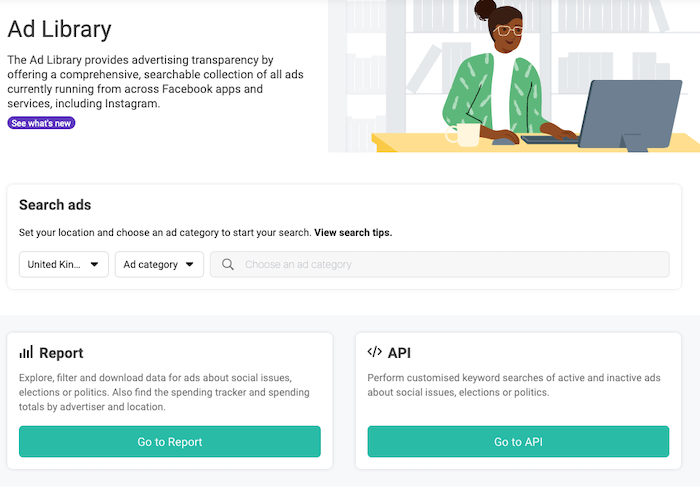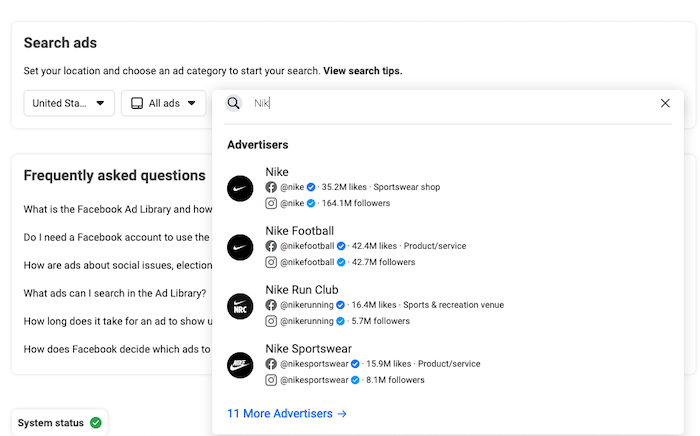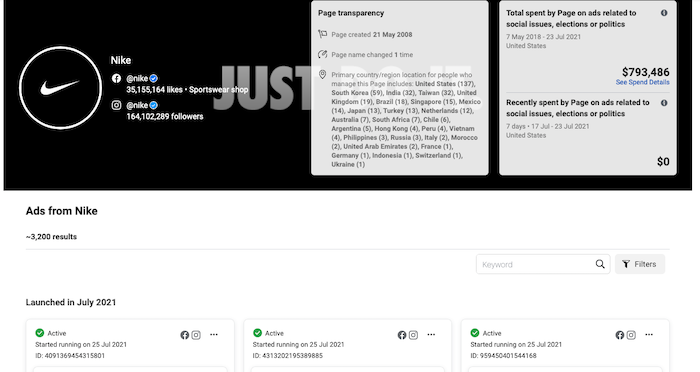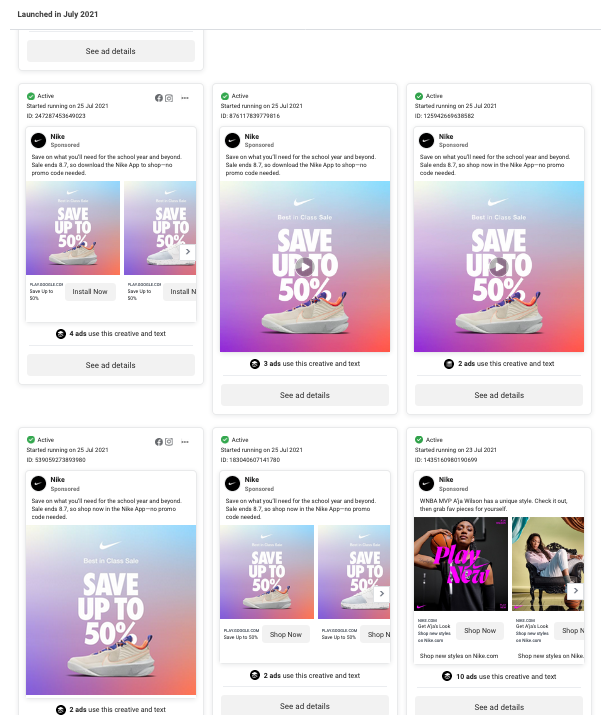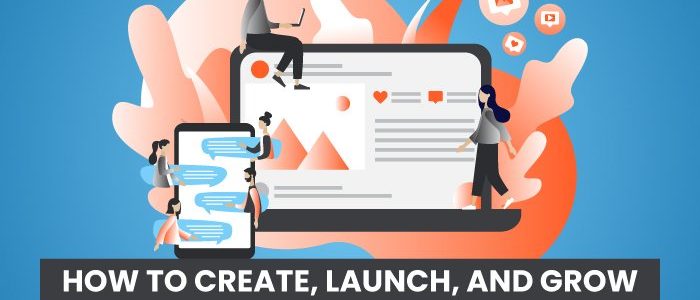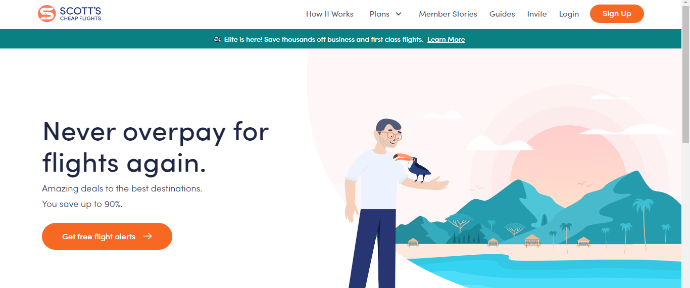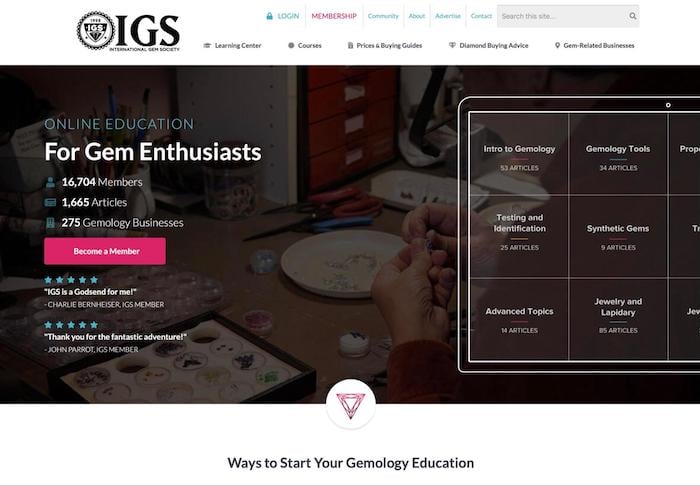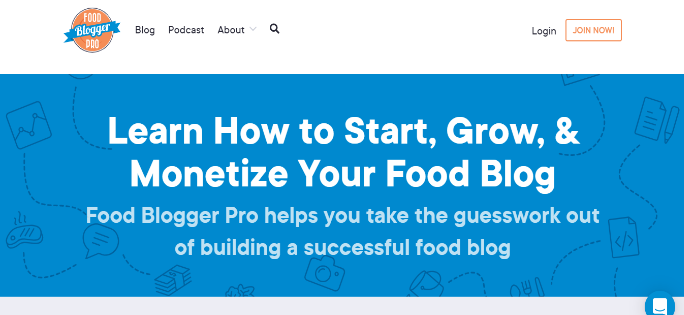Your Smart Business Timeline for Building Business Credit Starts NOW
You’ve heard of business credit, right? It’s credit in the name of a business and not its owner. It is an ongoing process and you must do it proactively. That is, it won’t just happen – you have to make it happen. But did you know that you can hit the ground running and build business credit? You can start your business timeline for credit right now!
Your Business Credit Building Timeline
Any business can build credit, even nonprofits. This timeline is designed to work in order
It takes advantage of the passage of time, so you don’t pursue options that require a certain amount of time in business before that time has elapsed.
Get Started by Getting Fundable
There are a number of things you can do to make your business more fundable. That is, more likely to get funding. Here are some acts you can take which are fast. They will give you quick bang for your buck.
Getting Fundable Goes Beyond Building Business Credit
These tasks also have the added bonus of being helpful in other areas of your business
Building fundability bakes credibility right into your business. This will help you attract prospects, and it will help you convert more of them into customers.
Getting fundable helps your business to get money. And it will do so for years to come. It’s worth the time and effort to get it right the first time, this also saves you any lost ground from having to undo older mistakes.
A lot of these steps will require a phone call to a provider or chatting online. To expedite matters, get someone to help you, so you can get the preliminaries done faster, if absolute speed is your objective.
Start Your Business Credit Building Timeline With a Great Business Name
Does your business, or the business name you want to use, contain the name of its industry?
That can be problematic if you’re in what is considered to be a risky industry.
Risk is usually defined as:
- A higher chance of injury on the job and/or
- Businesses which perform more cash transactions than most other companies
To become more fundable, don’t add the name of a risky industry to your business name
There’s nothing underhanded, immoral, or illegal about doing this
Start Your Business Timeline With Consistent Information
Just copy/paste business information – name, address, and everything else. Why? Because retyping opens up opportunities for error. Differences will be interpreted as fraud by lenders and credit providers. Keep records of where your business name is, so, you can be sure you catch everything. These are records both online and offline.
You want an exact match across the board. This means deciding between spelling a word out or abbreviating. It also means choosing between an ampersand (&) and the word ‘and’. Pick one and stick with it.
Get our business credit building checklist and build business credit the fast and easy way.
Continue Your Business Timeline With Your Business Phone Number
A cell phone or home phone number can harm your business in your quest for fundability. But you can use VOIP (voice over internet protocol). This enables any phone number to ring any device. So you can still use your cell phone.
Toll-free numbers are often best. That is, 800 or an equivalent exchange. You can get a toll-free number fast through a provider like RingCentral. But if your business is purely local, you may be able to go with just a local number.
You also want to have a 411 listing for your business phone number(s). You can get one via ListYourself.net. Lenders and credit providers will be looking for your phone numbers, so make them findable.
Do you really need a separate business phone number? It’s not a complete, 100% dealbreaker if you don’t. But if you don’t want clients to ring your home phone all day long, or have your toddler pick up (!), then a separate business phone number is the best way to go.
Continue Your Business Credit Building Timeline With Your Business Address
Working from a residence can be a problem to lenders and credit providers if your business is a retail establishment like a clothing store. They will check your business address on Google Street View, and you could be denied business credit. A separate address fixes this issue.
A separate business address is also better for your family as no customers will be coming and going in your home, and taking up parking spaces on your street. But what if an office just isn’t in the financial cards right now? A virtual business address is a terrific solution. It can address all these issues.
Virtual Business Addresses
With a virtual business address, you get a deliverable address – not a PO box or UPS box, which would be flagged and generate a denial. This means an actual brick and mortar address.
Some plans give you access to clerical help, conference rooms, mail forwarding, and more.
Three we really like are:
- Alliance Virtual Offices
- Da Vinci
- Regus
But recognize that there are some lenders and credit providers that will not work with virtual addresses.
Continue Your Business Timeline With Your Business Website
Lenders and credit providers will be looking for your business online. It would be a lot better if they got their information directly from you, and not a competitor. As a result, you must have a professional-looking website and email address. Your domain needs to be yourcompany.com or .net if you can get that.
Never use Wix or Weebly, so your domain is yourdomain.com versus yourdomain.wix.com. You will need hosting through a hosting company like GoDaddy or HostGator. You can buy a domain and set up a website. Larger hosting companies will provide services to help if you’re inexperienced with this.
Your Business Email
Your business email address needs to be on the same domain as your website. Generic professional names work well, something like admin@yourwebsite.com or gethelp@yourwebsite.com. Do not use Gmail, Yahoo, AOL, or the like. But don’t worry about checking yet another email address; you can have any email forward to any other email. You can set all of this up at the same time you set up hosting.
Get our business credit building checklist and build business credit the fast and easy way.
Follow Your Business Timeline to The Secretary of State’s Office
The first steps already outlined will probably take you between a month to three months at the least. Now it’s time to move onto the Secretary of State for your state.
The Secretary of State’s office has info on every license needed to run your business
They also have helpful information, like if you need to take continuing education to maintain your license. Processing time varies.
You may need to register your business. It’s possible that the SOS will require that your business name be unique. And they may want corporations to be defined with a term like ‘Inc.’ at the end of their names. For anything you need to pay for at the SOS, be sure to print and keep copies of receipts and forms.
Continue Your Business Credit Building Timeline With Your Business Bank Account
Many business credit providers will insist that you have a business bank account. It must be devoted to your business. This will also help to keep you from accidentally commingling funds. This will make tax time a lot easier. You can apply for a business bank online at many banks, even if the bank has brick and mortar locations.
In particular if you have a personal account with a bank, and you’ve managed it well, you can get a business bank account fast. You can often be approved in as little as 15 minutes online. For some more risky industries like cannabis, it may pay to look online for a bank to work with
Continue Your Business Timeline With Your EIN and Business Entity
Visit the IRS website and get a free EIN for your business. Choose a business entity like corporation, LLC, etc. It’s best to choose a type of corporation. This is to minimize risk and maximize tax benefits. It also creates an entity separate from you, the business owner.
Doing these things at this stage of the game means you’ve got a set business address, phone numbers, etc. So you wouldn’t have to change them later.
Note: a DBA is not a separate business entity.
Proper NAICS Codes
You also choose NAICS codes at IRS.gov. SIC and NAICS codes classify your business and show what it does. The IRS works with NAICS codes. But D&B still works with both. If your business can fit under one or more code, choose the less risky code. There’s nothing illegal, immoral, or underhanded about doing this.
Get our business credit building checklist and build business credit the fast and easy way.
Continue Your Business Credit Building Timeline By Incorporating Your Business
Even incorporating online may take a few business days. In general, you will need Articles of Incorporation. If you want them drafted quickly and correctly, you’ll probably need to hire a corporate attorney to get this done. At the very least, it’s best practices to have a lawyer look over your completed documents.
Get Your D-U-N-S Number
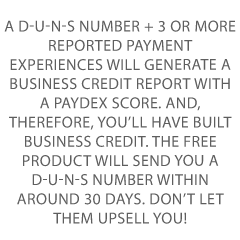 To build business credit, you will need a D-U-N-S number from Dun & Bradstreet. A D-U-N-S number + 3 or more reported payment experiences will generate a business credit report with a PAYDEX score. And, therefore, you’ll have built business credit. The free product will send you a D-U-N-S number within around 30 days. Don’t let them upsell you!
To build business credit, you will need a D-U-N-S number from Dun & Bradstreet. A D-U-N-S number + 3 or more reported payment experiences will generate a business credit report with a PAYDEX score. And, therefore, you’ll have built business credit. The free product will send you a D-U-N-S number within around 30 days. Don’t let them upsell you!
By now, you’re about one to two quarters into your business credit building timeline
Continue Your Business Timeline By Establishing Positive Payment Experiences
Lenders consider credit history as one of the chief factors when determining creditworthiness. Making timely payments will demonstrate to anyone looking to do business with your company that you’re low risk. Work with vendors that will report positive payment experiences to the business credit reporting agencies. That way, you won’t waste your time.
Most vendors don’t report positive experiences, but have no problem reporting if you default. But here are three that will report positive experiences:
We don’t just recommend these vendors because they report, we also recommend them because they have great products and service.
Continue Your Business Credit Building Timeline By Working With Vendors Which Report
Even vendors that report may need you to reach a certain minimum before they will report. They may also want some time in business. So check the fine print and call or chat online with a representative to get information, which you know will be correct. And keep in mind, it can take over 30 days for reported purchases to show up on your business credit report. By now, your timeline has stretched to three-quarters of a year to a year, AND you’ve got good business credit!
A Smart Business Timeline for Credit: Takeaways
Following the steps in order assures that you take the shortest distance between the point of startup, and the point of having good business credit. You don’t meander, you get straight there, in a year or less. For more guidance, and to extend your timeline into getting more credit and funding as your business grows, contact us.
The post Follow the Smart Business Timeline for Credit appeared first on Credit Suite.



